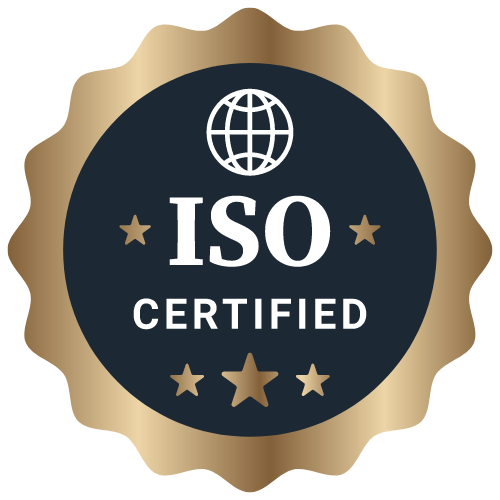Raising Capital through Public Limited Companies: An Overview
This overview provides insights into raising capital through public limited companies, offering a comprehensive guide on the process, benefits, and considerations for businesses looking to go public and attract investors.
Raising Capital through Public Limited Companies: An Overview
Public Limited Companies (PLCs) are a type of business entity that allows businesses to raise capital through the sale of shares to the general public. This form of company structure provides several advantages for businesses looking to expand and grow, as it enables them to access a larger pool of investors and capital. In this blog post, we will explore the process of raising capital through PLCs and the benefits and considerations associated with this method of fundraising.
How do Public Limited Companies raise capital?
PLCs raise capital by issuing shares to the public through an initial public offering (IPO). During an IPO, the company's shares are listed on a stock exchange, allowing investors to buy and sell them on the open market. This process not only provides the company with an influx of capital but also increases its visibility and credibility in the eyes of potential investors.
Once a company has gone public, it can continue to raise capital by issuing additional shares through secondary offerings. These offerings can take the form of rights issues, where existing shareholders are given the opportunity to purchase additional shares at a discounted price, or private placements, where shares are sold to institutional investors.
The benefits of raising capital through PLCs
Raising capital through PLCs offers several advantages for businesses, including:
- Access to a large pool of investors: By going public, a company can tap into a vast network of individual and institutional investors who are looking to invest in publicly traded companies.
- Increased liquidity: Publicly traded shares are more liquid than private equity investments, as they can be bought and sold on the stock exchange at any time.
- Enhanced credibility: Being listed on a stock exchange can enhance a company's credibility and reputation in the eyes of customers, suppliers, and partners.
- Opportunities for growth: The capital raised through PLCs can be used to fund expansion projects, research and development, acquisitions, and other growth initiatives.
Considerations for raising capital through PLCs
While raising capital through PLCs offers numerous benefits, there are also several considerations that businesses should take into account before going public:
- Regulatory requirements: Public companies are subject to strict regulatory requirements, including financial reporting, disclosure, and corporate governance standards.
- Market volatility: Publicly traded shares are subject to market fluctuations, which can impact the company's stock price and investor sentiment.
- Shareholder expectations: Public companies are accountable to their shareholders and must meet their expectations for returns and growth.
- Costs of going public: The process of going public can be costly and time-consuming, with expenses including underwriting fees, legal fees, and ongoing compliance costs.
Conclusion
Raising capital through Public Limited Companies is a popular and effective way for businesses to access the funding they need to grow and expand. By going public, companies can tap into a large pool of investors, increase their liquidity and credibility, and create opportunities for growth. However, businesses must also be mindful of the regulatory requirements, market volatility, shareholder expectations, and costs associated with going public. By weighing the benefits and considerations carefully, companies can make an informed decision about whether raising capital through PLCs is the right choice for them.
Latest Updates
How to Register for GST in Multiple States
26 Dec 2025How to Register a Franchise Business
24 Dec 2025ca4filings.com Services




























-registration.png)



